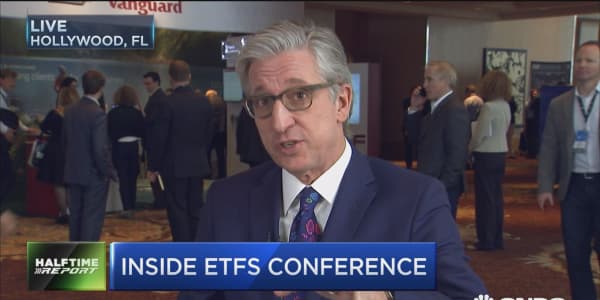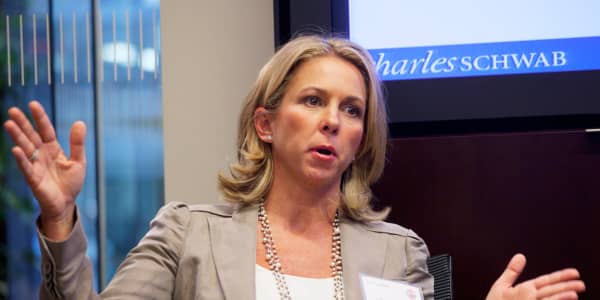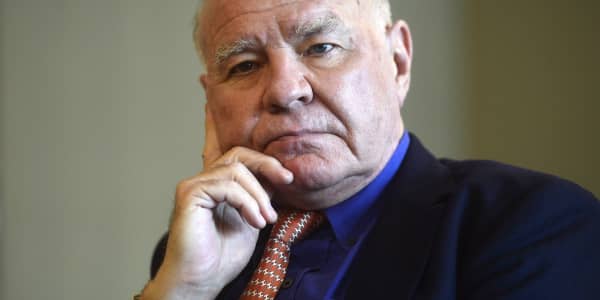On the first day of the Inside ETFs conference, Pimco tried to steal the show with its plan to launch 19 more actively managed ETFs. True actively managed ETFs—meaning that active managers are required to reveal their ETF portfolio holdings to the market or else find a way to remain nontransparent enough that the Securities and Exchange Commission approves—are the Holy Grail in the ETF space.
Ultimately, if the best of the active-management fund universe can be offered to retail investors in an ETF structure—and most of the major fund companies pursue the opportunity—it questions the need for the "best" of traditional mutual funds. CNBC asked one of the Inside ETFs' conference keynote speakers—Lee Kranefuss, former CEO of iShares and executive-in-residence at Warburg Pincus—about the potential for active ETFs to disrupt the investing market more than index ETFs have already done.
(The following is an edited version of his replies).
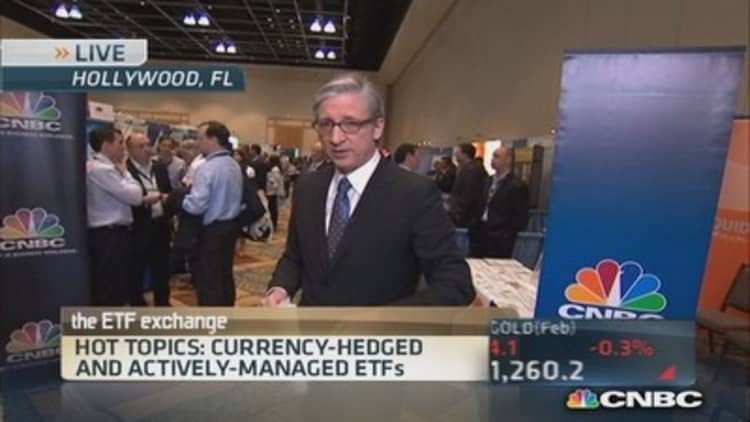
CNBC: Can you envision a time in the fund industry development—either sooner or later—when most major fund companies would consider transitioning all assets to the ETF structure?
Kranefuss: Yes, in the long run. The mutual fund is a creature of history, not a brilliant design. It grew out of trying to deal in the U.S. with some pre–Depression era practices that lead to problems. So it set up the standards to use. ETFs operate under the same rules. But with mutual funds, there is a whole framework in place, so you give up a lot of flexibly. If you want to buy some midtier mutual funds, you have to have access to them, and the answer could be no. But ETFs eliminate that constrain.
For the time being, there are no 401(k) systems that can handle ETFs. But there is no logic to that. ETFs over time will be used more. It's hard to imagine now because they seem like an odd novelty, but there was a time when computers were big multimillion-dollar mainframe boxes. When PCs came out, they were a novelty; many companies had one PC per division. But over time PCs did not seem like toys—they seemed like much more flexible computers. And over time these more nimble, flexible and varied PCs replaced most of the mainframes capacity in the world. Ask yourself this: If we started from scratch, when would we use a NAV-settled fund if we could do an ETF on the same strategy? Never, really, I submit.
(Read more: How to play emerging markets ETFs amid panic)
CNBC: What are the chances active management is the future growth of the ETF industry?
Kranefuss: ETFs to date provide liquidity and exposure. They let investors get market exposure at a low cost in any quantity for any period of time, long or short. This has driven much of the past. ETFs also provide ubiquitous distribution—i.e., if you list one on an exchange, any investor can get it from any account. It will take a while, but active ETFs will "democratize" the distribution of active strategies. If you have got a good alpha idea, you can put it into an ETF, list it, and any brokerage or custodial account is a potential buyer—sort of like being the iTunes or eBay of alpha.
If someone has an investment idea, it will be relatively easy to put it in an EFT format and have access to a universe of investors looking for an alpha strategy. Active ETFs are very important in the long run as a trend and part of the whole ETF story. Just don't expect any blockbuster funds like an S&P 500.
(Read more: Dividend investing using ETFs)
CNBC: If actively managed ETFs become a major product category, do you think star portfolio managers will prefer the ETF structure to eke out even more of the crucial basis points they need to stay ahead of the index?
Kranefuss: Even in index funds, performance matters. ETFs are performance-based index funds. Individuals are buying the same funds as large institutions, who care about trading costs/spreads and tracking error and tax efficiency. Total cost of ownership matters. If active managers can use the structure to eke out alpha in some way—which may be as simple as reduced trading costs in the fund—they will do it. You build the active funds to the standards of the most demanding customer. Tracking error and enhancement elements are all live-or-die decisions in managing ETFs. The industry gets the benefits as well by reducing trading costs and adding enhanced returns. There is a stronger benefit to do active funds in the ETF format. Everyone gets the same high-quality turnover.
CNBC: For so long we've heard about the fact that the active manager "can't" beat the index. If that's the case, isn't there something ironic about an industry that came of age focused on index funds now focusing so much on introducing actively managed ETFs?
Kranefuss: Half of all doctors graduate in the bottom 50 percent of their class. Fifty percent of all drivers are in the bottom half of ability. So some active managers will beat the index; some won't. The question is: Can you pre-identify the ones who will? As long as there is the possibility of alpha, people will hunt it. So it isn't a contradiction. But what we do see is more and more use of index funds/ETFs to get exposure to long and short, and a more focused search for alpha, where people believe it is easiest to achieve or find.
As long as the world is looking for active management, then active ETFs are a better way to look for that performance. If people are looking for alpha, then they should look for it in the ETF rather than in the traditional fund.
(Read more: The ETF industry's big problem is your problem, too)
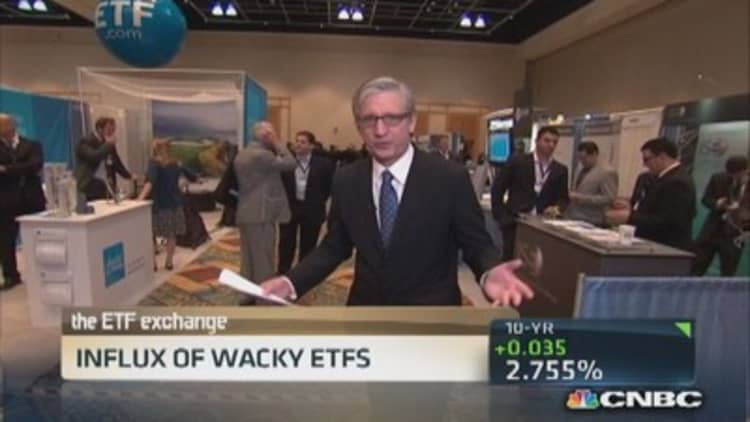
CNBC: If it took a few decades for index ETFs to surpass index funds in assets, how long would it take for active ETFs to surpass traditional active funds?
Kranefuss: I remember we walked a major milestone in the ETF business starting back in 2000, seeing that we passed this and that milestone, and we wondered when the ETF would surpass the index funds.
Today index funds are a fraction of all funds [34 percent, according to recent data from the Vanguard Group].
Overall, it will be a slower progression, but in time you will see more active going to the ETF structure. Surpassing is a more challenging concept, but you can still have huge numbers, like three times all index funds.
—By Leslie Kramer, Special to CNBC.com


